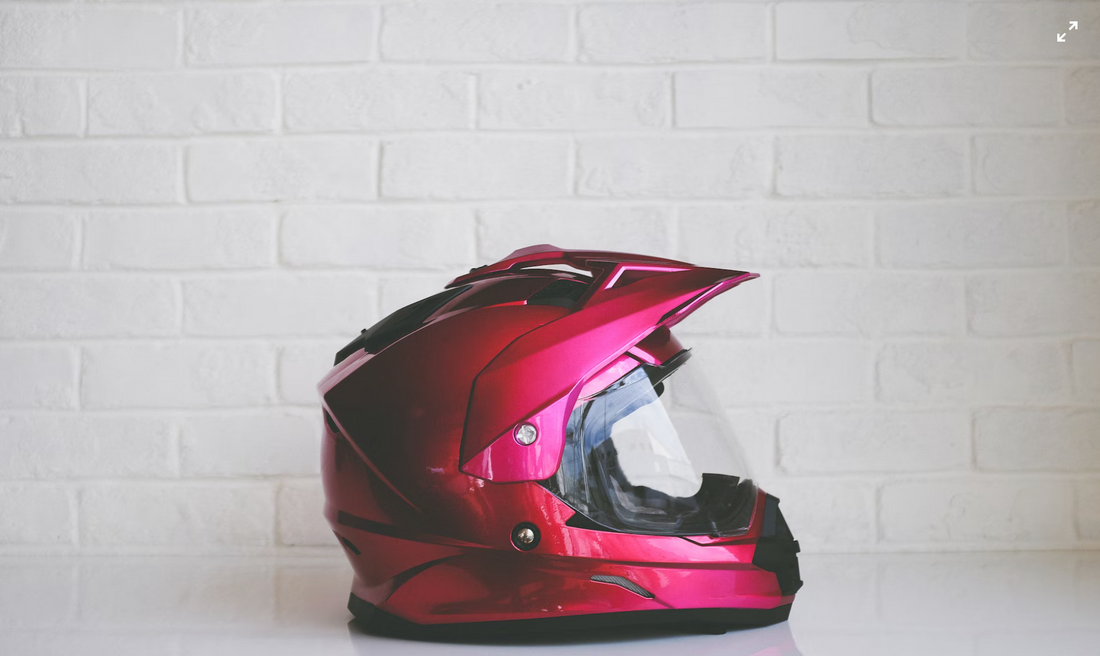A motorcycle helmet plays a huge part in assuring a rider’s safety. Wearing a damaged helmet while riding is dangerous and may even result in a head injury when a motorcycle accident occurs. Thus, you must know how to inspect your motorcycle helmet.
Checking the helmet for damage improves the safety of motorcyclists and their passengers and helps in highway and general public safety. Every motorcycle rider should be responsible enough to have their helmet undergo inspection to ensure that the protective headgear is functional.
If you don’t know how to inspect your motorcycle helmet, you are in the right place! This article is meant to teach every rider how to check their helmet.
Steps on How to Inspect Your Motorcycle Helmet
Check the Manufacturing Date
A helmet manufacturer is required to disclose the manufacturing date of the helmet. For safety standards, a helmet’s lifespan is only valid for five years sans damage from external factors. Most motorcycle helmets print this information on the tag stitched to the EPS liner. However, some helmet brands may put the helmet's manufacturing date elsewhere.
Look For Damage in the Outer Shell
Visible cracks and damages in the outer shell are tell-tale signs not to use the helmet anymore. Even small cracks in a certified helmet compromise its safety and do not provide you with 100% protection. It is also advisable not to re-use a helmet that has experienced a motorcycle crash or any source of trauma, including being dropped to the ground. Even if there is no visible damage after a drop, the impact may have already affected the integrity of the protective gear, and it is no longer fit to provide the utmost protection for future impacts.
Assess the Comfort Liner and EPS
The interior of the motorcycle helmet suffers a lot of wear and tear. Degradation is highly noticeable since the cushions and cheek pads deteriorate over time. Remove the comfort liner to check its current state. You can wash and replace the liner whenever needed. Also, check the status of the EPS liner. If you see any compression, dents, or cracks, it is time to replace the motorcycle helmet.
Inspect the Chin Strap and Face Shield
You must always protect yourself when riding motor vehicles using a DOT-compliant helmet. A certified helmet with DOT certification means the helmet you are using has passed standard tests for safety ratings, including a functional chin strap and face shield. A frayed chin strap can cause itchiness and discomfort and decreases the helmet’s safety level. If you see that the chin strap is experiencing wear and tear, especially in the area where it passes through the D-ring, you must replace it with a new strap.
A face shield is not only meant for eye protection but also gives you clear visibility. If there are scratches that affect your view, it is time to get a new one. Doing maintenance cleaning of the screen also increases its lifespan. You must also inspect the weather seal surrounding the eyeport for damages. Make sure that the screws on the hinge mechanism are appropriately secured.
Test the Latches, Vents, and Hinges
Testing other parts to know if they work correctly must also be done during the helmet inspection. Latches, vents, and hinges are part of helmet safety. A basic rider course teaches that crash helmets must work properly to ensure motorcycle safety.
Latches and hinges must be fully functional to maximize protection. Loose latches and hinges may not hold as much during impacts. Meanwhile, ensuring that air vents are working gives the motorcycle operator good ventilation and enhances the riding experience.
Takeaway
Every motor vehicle must have a motorcycle helmet both for the driver and its passenger. Knowing how to inspect your motorcycle helmet is a safety course every rider should know. If you don’t know how to inspect your motorcycle helmet on your own, you may request the service of a helmet inspection company. Helmet inspection must be done regularly within the helmet’s lifespan, even if it hasn’t experienced any impacts. It’s the only way to secure your and your passenger’s safety.
 Log in
Log in

